With the development of technology,
what has the emergence of robots brought us?
Next, let’s enter the public welfare class on technological innovation together.
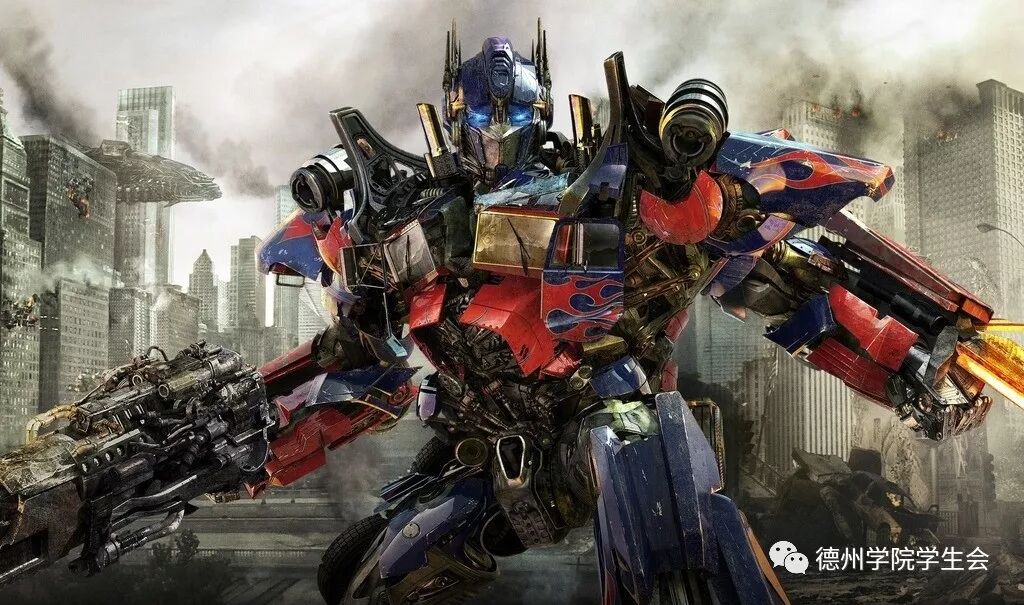
Isn’t the Optimus Prime in the picture very cool?
I’m sure everyone has some understanding of robots.
Now, let’s talk about
some things about robots.
1
Definition of Robots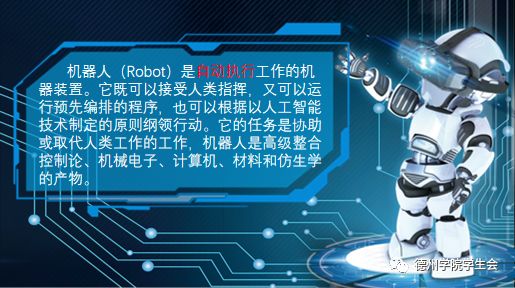

As the name suggests, a robot is a machine that can replace humans in certain tasks.
The term “robot” first appeared in Karel Čapek’s science fiction
novel, and after a series of developments, we have
modern intelligent robots.
Although they are called intelligent robots, they can only be considered
in the early stages, even at a beginner level.
Currently, most robots can only be programmed and controlled by humans,
and they do not possess independent thinking or consciousness.
Therefore, to reach the level of robots in movies,
there is still a long way to go.
2
History of Robot Development
1920
In 1920, Czech writer Karel Čapek created the word “robot” in his science fiction novel “R.U.R. (Rossum’s Universal Robots)”.
1968
In 1968, the Stanford Research Institute in the United States announced the successful development of the robot Shakey. Shakey is considered the world’s first intelligent robot, marking the beginning of the third generation of robot development.
2006
In 2006, Microsoft launched Microsoft Robotics Studio, and the trend of modularization and platform unification in robotics became increasingly evident.
2019
In 2019, China’s robotics industry experienced vigorous development, with robots becoming a key entry point for a new round of technological and industrial transformation.

Having learned about the history of robot development,
let’s follow along to see the process of making robots.
Are you curious?

Don’t blink!
Next,
321
Keep looking down!
3
General Process of Robot Design and Production
1. Task Analysis: Understand the application scenario and the tasks to be completed; plan the structure and strategy based on the application scenario and tasks (appearance, structure, sensing method, energy system, methods to complete tasks, etc.).
2. Structural Design: Design the walking mechanism (legs), operation mechanism (hands), frame and appearance (shape), outline dimensions (size), installation positions and shapes of battery, sensors, and mainboard (heart, head, eyes, ears); consider issues: Can the task be completed? Is the battery sufficient? Are there enough interfaces for sensors and microcontrollers? Is the shape and movement coordination simple? Are structural and connecting parts standard components? Is the weight and size within limits?
3. Mechanical Motion Design: Plan walking methods and routes; assess structural load capacity; arrange the actions of the actuators.
4. Circuit Design: Choose microcontrollers; design the circuit.
5. Hardware Production and Assembly: Draw and produce structures; draw circuits and solder electronic components; assemble main structural parts and circuit boards; install sensors.
6. Program Writing.
7. Debugging and Modification.
8. Robot Capability Evaluation: Intelligence (sensing and perception: memory, computation, comparison, discrimination, judgment, decision-making, learning, logical reasoning, etc.); functionality (versatility, generality, or spatial occupancy, etc.); physical capabilities (force, speed, continuous operation ability, reliability, usability, and lifespan).

Through this introduction, I believe you have gained some understanding of the robot production process.
Next, let’s learn about the types of robots.
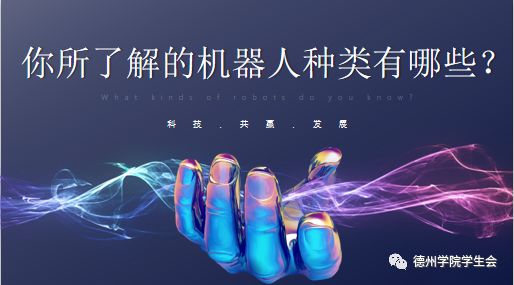
In fact, robots are similar to the division of labor among people.
Robots can be roughly divided into dozens of types based on
their purposes and functions.
After detailed classification,
various types of robots can better serve the people,
helping them complete tasks more efficiently.
4
Robot Demonstration
After talking for so long,
everyone must be getting impatient.
Now, let’s meet our little robot from the Institute.
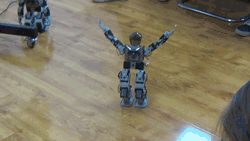
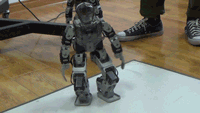
Don’t underestimate its small size; assembling it is no easy task.
It has a total of 12 servos,
which is why it can perform a series of actions so flexibly.
Writing the action programs is another challenge,
and controlling it is not simple either.
You must follow a specific sequence of buttons to perform
the corresponding actions; otherwise, it will behave erratically.
It might spin around like this.
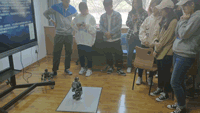
Or it might just bow down.
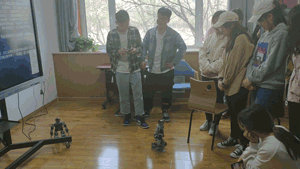
5
Robot Design
Although the control difficulty during the demonstration is quite high,
our students are still very interested in it.
They are having a lot of fun.
Of course, we don’t just play;
we can also design a simple robot
based on the drawings.
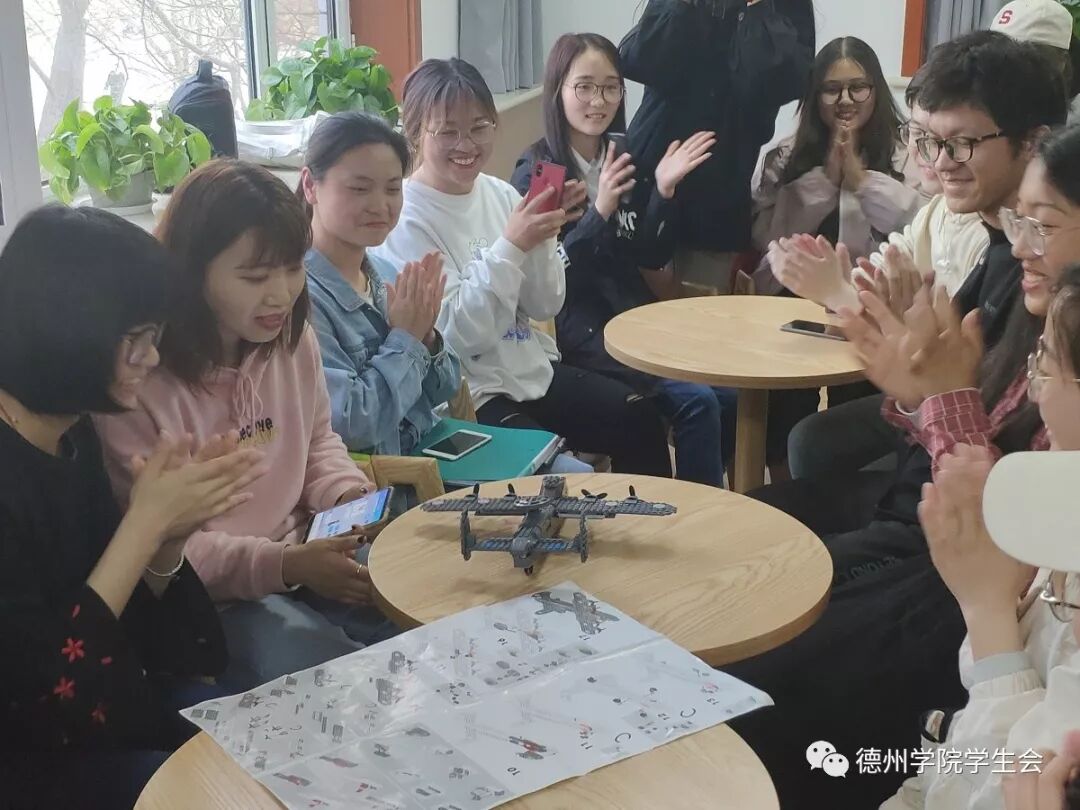
6
Insights and Reflections
Through this demonstration and learning,
everyone must have gained a lot of knowledge
and many insights.
Let’s ask them a few questions
and see how they respond.
Let’s see how they respond.

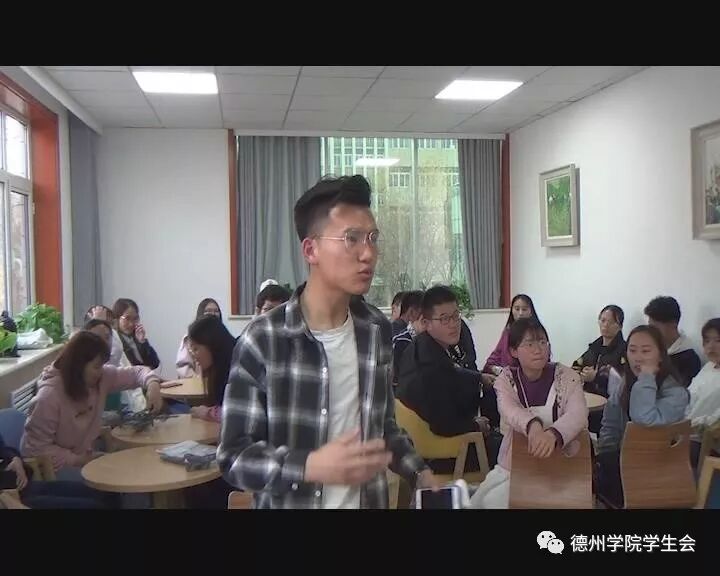 01
01
What do you think are the key points and difficulties in the robot production process?
Answer: If you don’t have a clear goal in making a robot, it’s very difficult to assemble it. You need a thought process during assembly.
02
What have you gained during the robot-making process?


Answer: I feel that the people who design these things are amazing. We find it very difficult to assemble them, and they can design the shapes and drawings, which is really impressive.

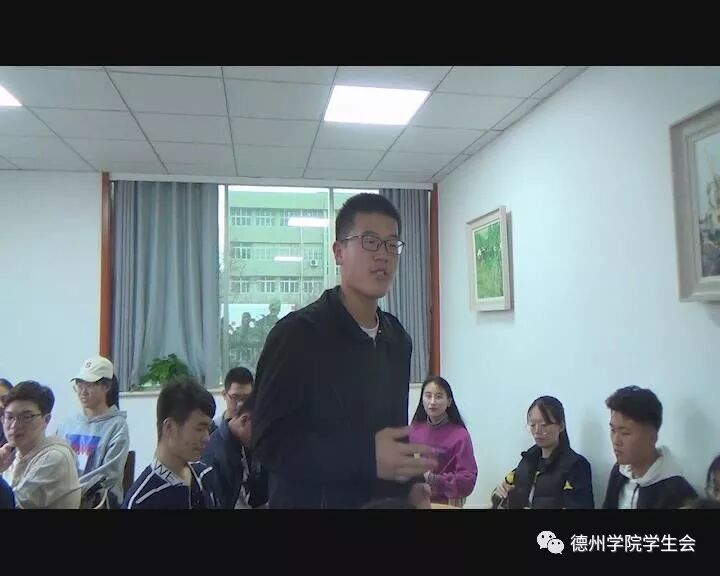 03
03
What conveniences will robots bring to our lives?
Answer: We can create a type of micro-robot as a medical device to treat diseases inside the human body. They can also replace humans in high-risk jobs, such as bomb disposal robots in the military.

This issue of WeChat ends here.
Goodbye for now,
and I look forward to our next meeting.
What are your thoughts on robots?
Feel free to leave a comment below.

END
Student Union of Dezhou College
Network Technology Department
Editor | Guan Chenxiao, Wang Zhaoyu Material | Publicity Department, New Media Development Department
Reviewed | Guo Linlin


I take every “like” as a sign of appreciation.